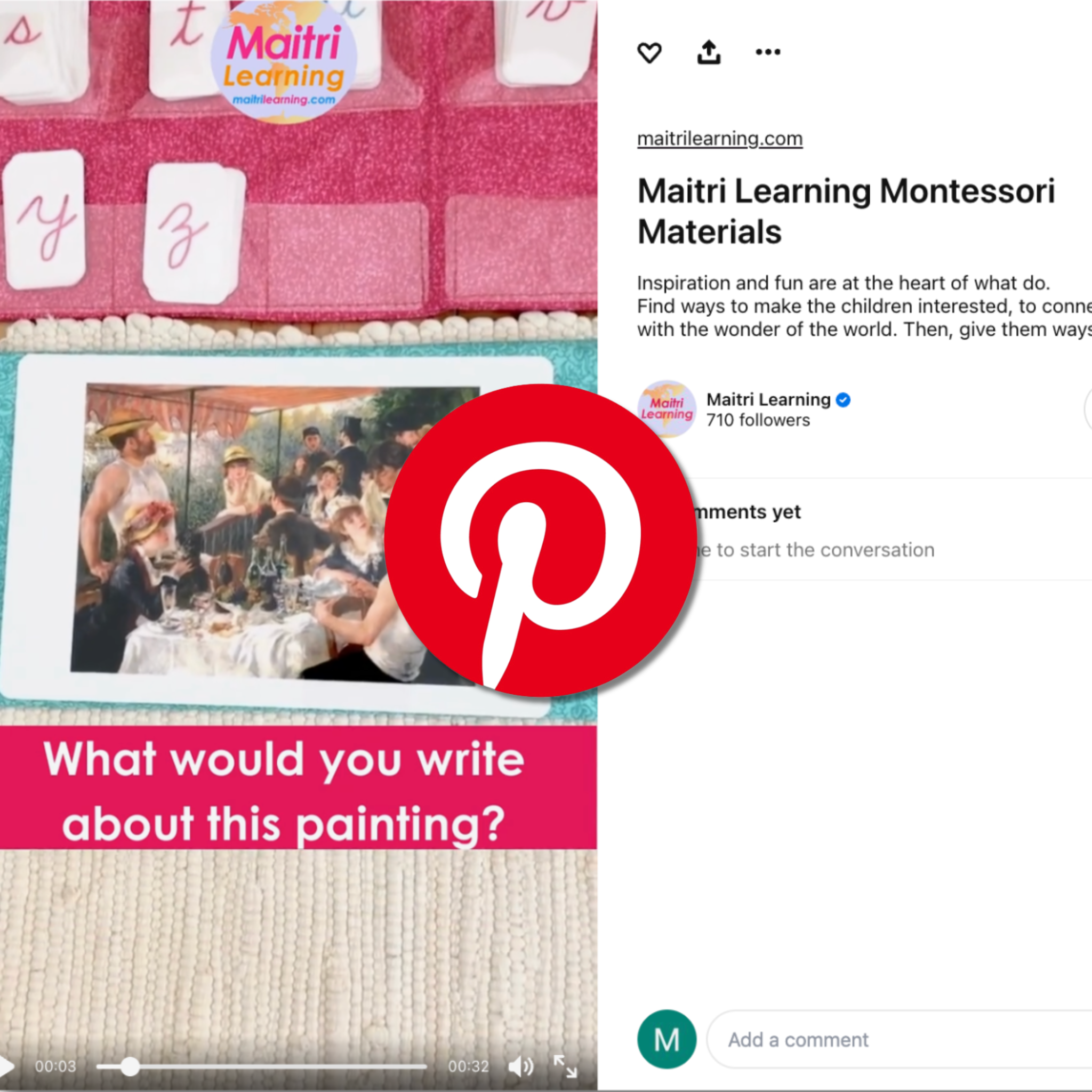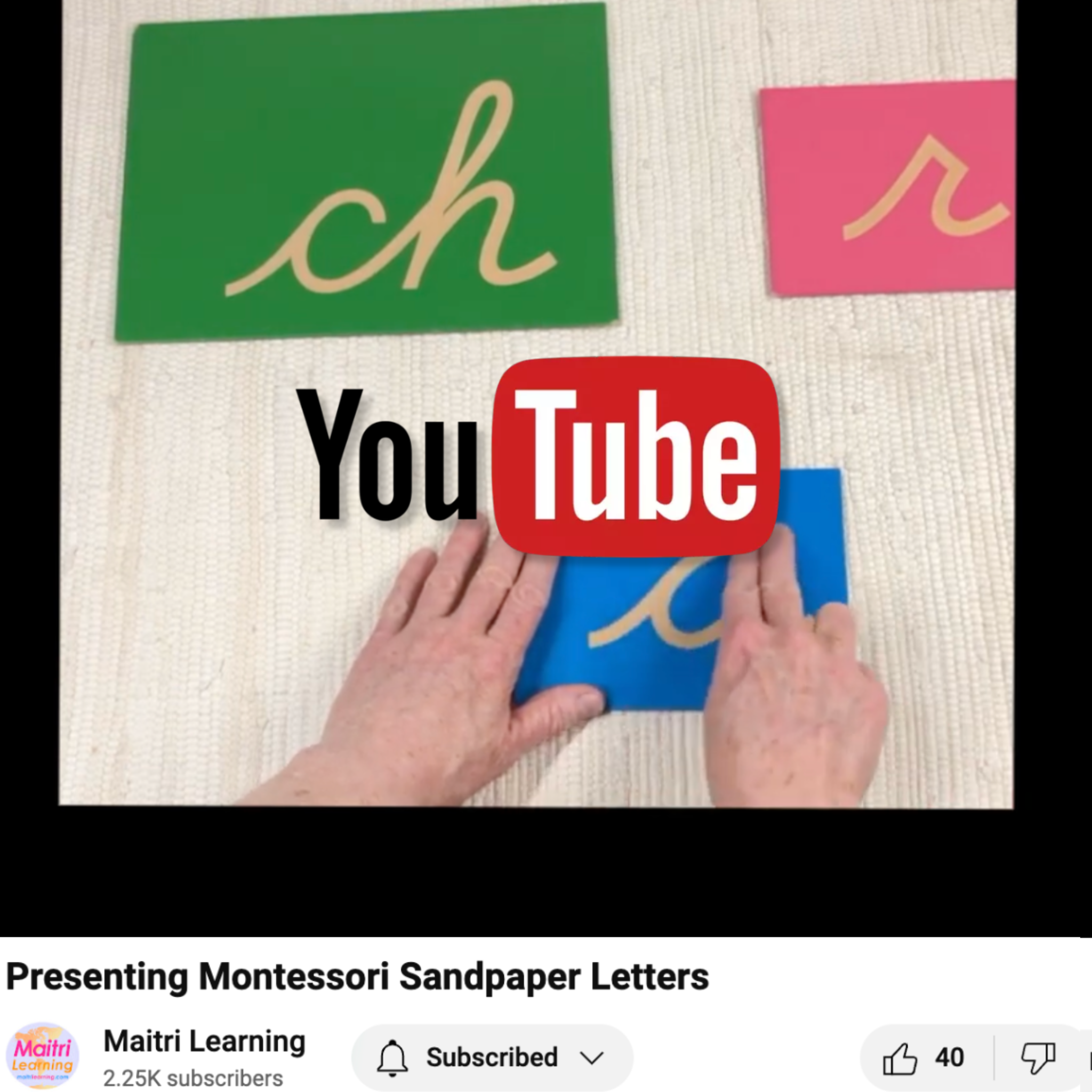Fade and Observe
“Old Montessorians never die, they just fade and observe.”
- Author unknown

Soon he let out a sigh which apparently meant he was ready for the next step. He lifted his hands out of the basin, dried them on the towel, grasped the sides of the basin, and went to empty it. But into what? The perfectly coordinated pail was sitting ready for him on the shelf beneath the basin but it went completely unnoticed. Instead, the boy put the basin back on the table and placed the matching blue and white pitcher on the ground in front of the table. He then proceeded to meticulously pour the basin water into the wide-mouth of the pitcher! No easy task, let me assure you, yet very little water was spilled.
The basin was returned to the table and he was off like a rocket to empty the pitcher full of water into the sink. He brought the empty pitcher back to the table, set it down, looked at everything for a moment, and then picked the pitcher back up and went to fill it. He repeated this five times over the course of the next 20 minutes. This was apparently very tiring work because after the fifth trip, he pulled up a chair to the table so he could wash his hands from a reclining position. Oh how I wish I had been filming!
The chair, however, caused some difficulty because during this sixth recitation, there was a noteworthy water spill. His teacher went to his side and assisted in setting all to right again, including using the pail in the clean up.
When I spoke with his teacher later that day, she told me that he had just received that lesson before I came into the room to observe. She had given the presentation and then moved off to another lesson.
So how can this wonderful little hand washing interlude inform our practice? There is no doubt that this child benefited cognitively from this activity. He concentrated for long periods of time, ingeniously solved a problem, built muscle strength and coordination, and exhibited joy at his exertion. But, what might have happened if he had had someone close by during his first recitation of the lesson? What if a hand had silently pointed out the pail at the moment he was seeking a water receptacle? Would this have interrupted his concentration or scaffolded his independent completion of the activity?
As Montessori guides, we are careful never to correct a child. Instead, we observe and then re-present a lesson to draw attention to finer points. However, during the child’s first turn (immediately after the Guide’s presentation), it can be quite helpful for the Guide to stay nearby so she can not only witness the child’s capacity but also offer hints, just in case the child is truly stuck. Our biggest challenge here is timing…we must wait long enough so the child has a chance to figure it out without us but not so long that the child gives up or loses interest.
Let’s put it in grown-up terms. Imagine that you are using a new app for the first time. Your friend is next to you and knows that swiping left will show you the screen you need. So, she holds her hand next to the screen and mimics the swipe left move. “Oh,” you say and repeat the move to reveal just what you were looking for. What if your friend hadn’t been there? Maybe you would have figured it out or maybe you would have given up and decided that that app was worthless.
There is this fragile period right after we give a lesson when we are taught to fade and observe while the child has a turn. Learning to fade and observe is at the core of guiding children. Physically we can move back a few inches. This way the child both feels our presence like the warmth from a flame and simultaneously dips his toe into the cool ocean of independence. We are like phantoms, both there and not there at the same time.
But should we step in if the child is floundering? If they are missing something, does it just mean we are offering this lesson too soon and we should back up? If we should step in, then how should we step in? How long should we pause before pointing or hinting?
There is no one answer to how much to step in or step back as we fade and observe. But at all times our behavior is unobtrusive—quite tiny in the big scheme of things. If the child can’t find the object we are specifying in “I Spy,” we can place our hand right next to it. If they are having trouble finding the thicker knobbed cylinder, we can rest our hand ‘inadvertently’ over the thinner ones so they are no longer an option. If the child can’t figure out what to do with his basin full of water, we can place our hand on the pail without saying a word.
We are guarding the child’s concentration like a lioness guards her cubs. Sometimes any action on our part will shatter the child’s focus. Other times a little help from a friend can make all the difference. The answer varies from child to child, moment to moment. But if we observe with acuity and without judgment, we can discern the difference.
I spoke with our hand washer’s teacher again a few days later. Can you guess what happened? The next day he came in and went straight to the hand washing and this time he used the pail. He did the same thing the day after that. On both days, he repeated several times and was able to be completely independent. As it turns out, washing his hands was a minor side show next to the main event of filling the pitcher, filling the basin, emptying the basin, and emptying the pail. But he was concentrating deeply on those parts, beaming as he carried the heavy things across the room. He experienced flow, the joy of concentrated effort and attention. From there, all things are possible.








3 comments
Exelent very usefull.n.helpfull .to kids .montessori schools.n teachers. Reduces the burden of parents teaches self help. Totally best
Revanasiddappa
Sandra – this is an interesting post I think will resonate with you. Best, Elizabeth
For Sandra from elizabeth
Another update just in from his teacher: the third day he was using the soap and fingernail brush with real interest!
Julia Volkman
Leave a comment
This site is protected by hCaptcha and the hCaptcha Privacy Policy and Terms of Service apply.